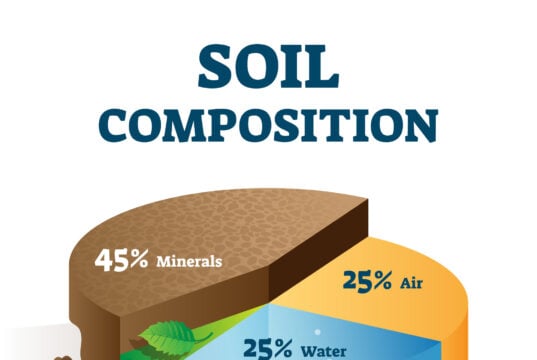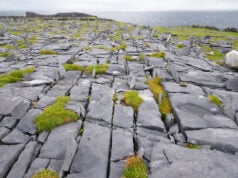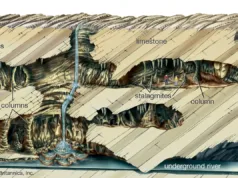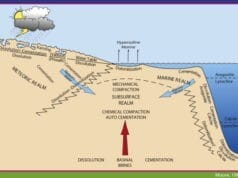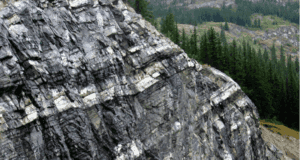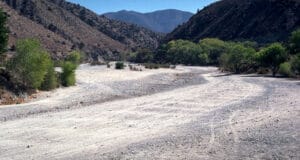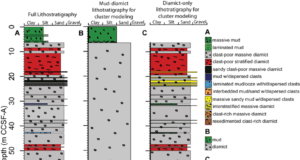Sedimentology
Sedimentology is the study of sediment and the processes that form and transport it. Sedimentology is an important aspect of stratigraphy because sedimentary rocks make up a large portion of the Earth's crust and contain valuable information about the Earth's history. Sedimentologists use a variety of techniques, including field observations, laboratory analyses, and numerical modeling, to study the characteristics of sediment and the processes that control its formation and transport.
Sedimentary Structures and Textures
Sedimentary structures and textures refer to the physical features and arrangements of sedimentary rocks that provide information about the conditions in which they were deposited. These structures and textures can provide important clues about the nature of the depositional environment, the nature of the sediment transport process, and the history of the sedimentary basin. They are used by geologists to interpret the history and evolution of sedimentary deposits. Sedimentary structures can range in scale from millimeters to meters or more, and include features such as bedding planes, cross bedding, ripple marks, mud cracks, and fossils, among others. Sedimentary textures refer to the size, shape, sorting, and arrangement of sediment grains, and can include features such as grain size, shape, and orientation, as well as sorting and packing of the grains within the sedimentary rock.
Sediment Transport and Deposition
Sediment transport and deposition are key processes in sedimentology that govern the formation of sedimentary rocks. The movement of sediment can occur through a...
Sedimentology
Sedimentology is the study of sediment and the processes that form and transport it. Sedimentology is an important aspect of stratigraphy because sedimentary rocks...
Stratigraphy
Stratigraphy is the study of rock layers and the layering of rocks. Stratigraphy is an important field because it helps us understand the Earth's...


























